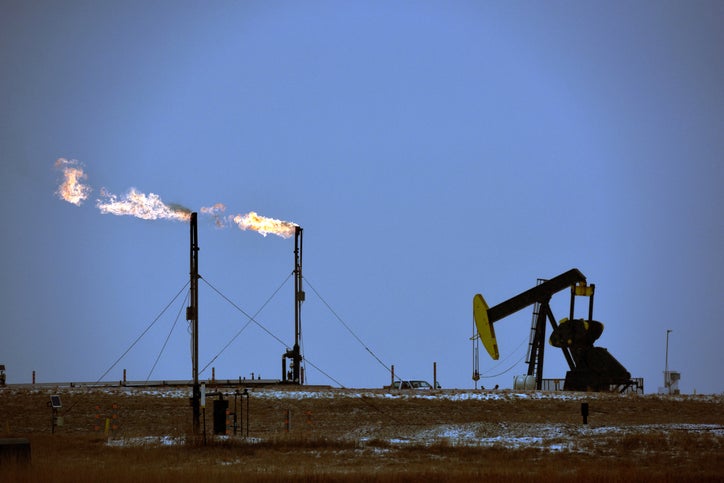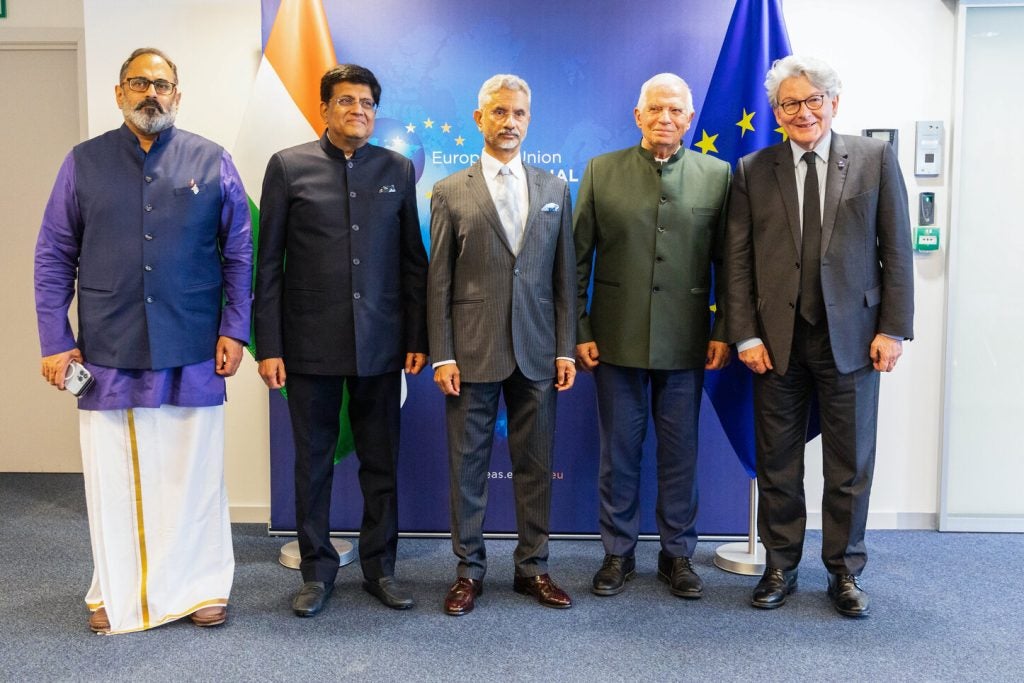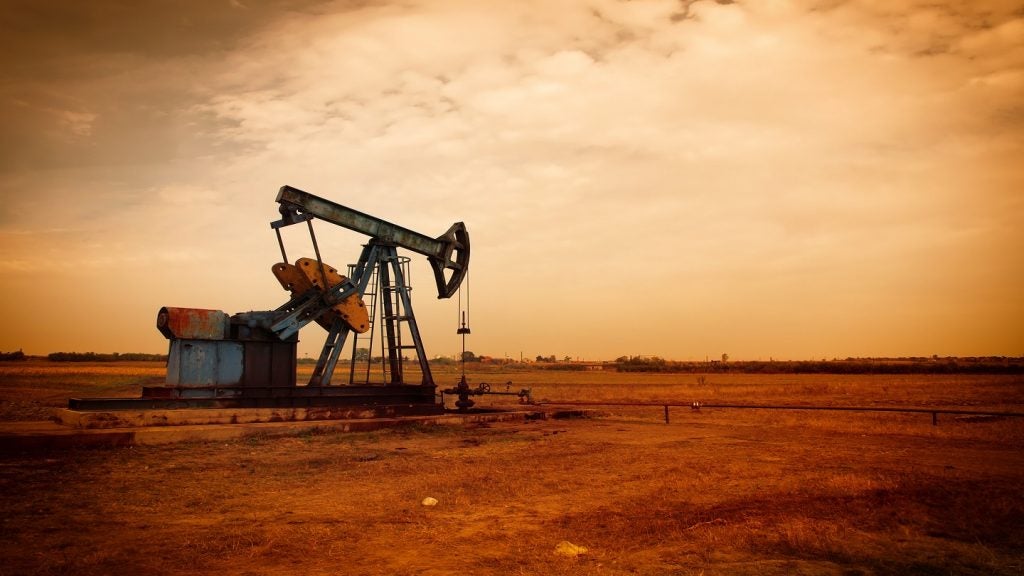The oil and gas industry continues to be a hotbed of innovation, with activity driven by the need for more efficient production, enhanced safety and long-term sustainability. Digital technologies are playing a transformative role in meeting these objectives and this is characterised by the growing importance of technologies such as artificial intelligence (AI), cloud computing, internet of things, and robotics. In the last three years alone, there have been over 534,000 patents filed and granted in the oil & gas industry, according to GlobalData’s report on Internet of Things in Oil & Gas: Tethered Drones.
However, not all innovations are equal and nor do they follow a constant upward trend. Instead, their evolution takes the form of an S-shaped curve that reflects their typical lifecycle from early emergence to accelerating adoption, before finally stabilising and reaching maturity.
Identifying where a particular innovation is on this journey, especially those that are in the emerging and accelerating stages, is essential for understanding their current level of adoption and the likely future trajectory and impact they will have.
150+ innovations will shape the oil & gas industry
According to GlobalData’s Technology Foresights, which plots the S-curve for the oil & gas industry using innovation intensity models built on over 256,000 patents, there are 40+ innovation areas that will shape the future of the industry.
Within the emerging innovation stage, robotic drilling machines and digital twins are disruptive technologies that are in the early stages of application and should be tracked closely. Wellbore drilling optimisation, automated drilling tools, and pressure sensing flow actuator are some of the accelerating innovation areas, where adoption has been steadily increasing. Among maturing innovation areas are combined cycle power plants and smart climate control systems, which are now well established in the industry.
Innovation S-curve for Internet of Things in the oil & gas industry

Tethered drones is a key innovation area in Internet of Things
Tethered drones essentially include a drone attached to a source of power and communication, through a physical link, such as a cable, which primarily eliminates the need for the drone to carry a heavy battery onboard its instrument panel. It also significantly reduces the cost of drone deployment. Tethering is usually the standard practice for remotely operated vehicles (ROVs) deployed in subsea conditions, as well as for drones deployed in downhole wellbore operations.
GlobalData’s analysis also uncovers the companies at the forefront of each innovation area and assesses the potential reach and impact of their patenting activity across different applications and geographies. According to GlobalData, there are 70+ companies, spanning technology vendors, established oil & gas companies, and up-and-coming start-ups engaged in the development and application of tethered drones.
Key players in tethered drones – a disruptive innovation in the oil and gas industry
‘Application diversity’ measures the number of different applications identified for each relevant patent and broadly splits companies into either ‘niche’ or ‘diversified’ innovators.
‘Geographic reach’ refers to the number of different countries each relevant patent is registered in and reflects the breadth of geographic application intended, ranging from ‘global’ to ‘local’.
Patent volumes related to tethered drones
Source: GlobalData Patent Analytics
Leaders in patent filings on tethered drones include Honeywell, General Electric, and Saudi Aramco. Tethered drones are being employed in inspection, monitoring and surveillance tasks in the oil and gas industry.
While being a prominent player in navigation systems for heavy drones, Honeywell has also focused on development of navigation systems for smaller and lighter quadcopters, which may be tethered to a battery source. Tethered drones are suited for longer duration inspection flights within a limited area, such as that for an offshore platform.
General Electric’s Hydro Solutions division offers ROV solutions for inspecting underwater equipment. Such tethered implementation of drones is expected to eliminate operational downtimes during inspections.
Saudi Aramco, a prominent oil and gas company, has focused on internal technology development in an array of fields, including drones. The company has filed for 44 patents in the area of tethered drones. Several of these patents focus on improving operational safety during inspections.
To further understand how Internet of Things is disrupting the oil & gas industry, access GlobalData’s latest thematic research report on Internet of Things in Oil & Gas (2021).








